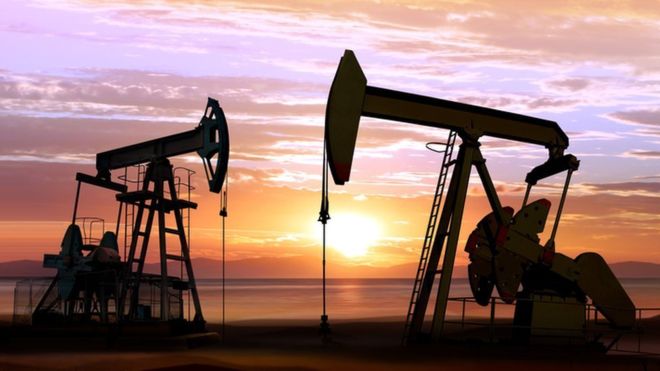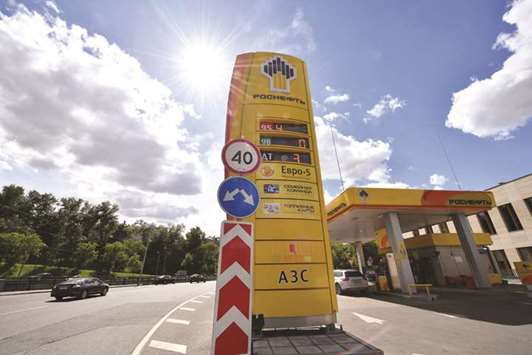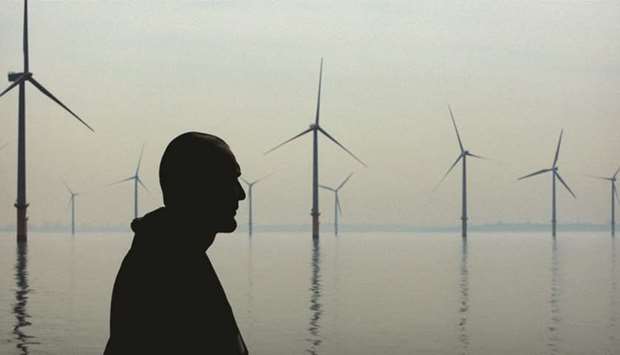Oil on biggest tear in decade as global supply cushion vanishes

Oil posted the longest string of quarterly gains in more than a decade as impending supply disruptions threaten to fracture a global market with little margin for error.
Futures rose 1.6 percent in New York on Friday while London-traded crude racked up its fifth quarterly advance, a streak not seen since the first half of 2008. This historical echo comes as consumers once again eye supply disruptions and worry about the availability of backup supplies, just as they were a decade ago when the benchmark hit an all-time high above $147.
“The market is getting more nervous about Iranian sanctions especially on reports that Sinopec is cutting back” on purchases from the Persian Gulf nation, said Phil Flynn, senior market analyst at Price Futures Group.
Oil has risen to the highest in almost four years in London after OPEC showed little enthusiasm for raising output despite President Donald Trump’s demand for lower prices. The world will need additional supplies as U.S. sanctions dissuade major importers including India and South Korea from purchasing Iranian oil. Chinese refiner Sinopec is slashing crude loadings from the nation this month, Reuters reported.
“There is concern in the market that the loss of barrels from Iran and Venezuela is not going to be made up for through extra supplies from particularly Saudi Arabia and Russia,” said Gene McGillian, manager of market research at Tradition Energy. “Worries about trade relations affecting economic growth have fallen away.”
Trading houses such as Trafigura Group Pte Ltd and Mercuria Energy Group Ltd have predicted prices will exceed $100 a barrel. Banks including Bank of America Corp. and JPMorgan Chase & Co. aren’t quite that bullish, but are lifting their forecasts. Meanwhile, BP Plc and Total SA cautioned that such a rally would hurt demand, especially as U.S.-China trade tensions escalate.
See Also: After Three Years of Talking, Mexico May Finally Buy U.S. Crude
Brent for November delivery advanced $1 to settle at $82.72 a barrel on the ICE Futures Europe exchange in London. The November contract expires on Friday.
West Texas Intermediate for November delivery rose $1.13 to close at $73.25 on the New York Mercantile Exchange. It’s trading at an $9.47 discount to Brent. Total volume traded was about 15 percent below the 100-day average.
Investors are now watching to see what Trump will do next after U.S. Energy Secretary Rick Perry ruled out the release of oil from the Strategic Petroleum Reserve, saying the move would have “a fairly minor and short-term impact.” Earlier this week, the president accused the Organization of Petroleum Exporting Countries of “ripping off the rest of the world.”








